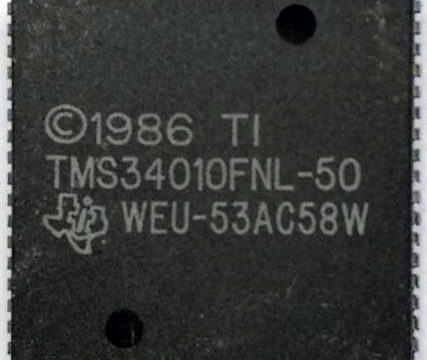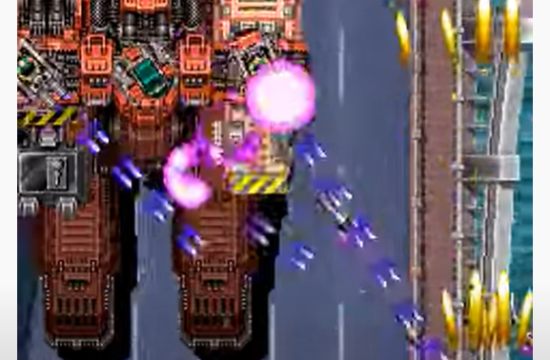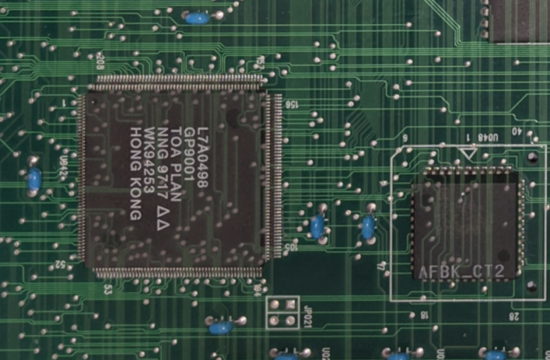https://youtu.be/35jaodbqmV4
Midway Z and Y Unit FPGA/ Core Overview
https://youtu.be/LnATOKkrSEo
Creating a CPU: The Data Approach (1)
Creating a CPU can be a very daunting task for someone. There's a lot of functionality embedded all in a single chip, and not to mention the pinout and interfaces that chip has with other…
New Core Work: TMS34010, NARC & Smash TV
As of the past month or so, I have been putting together a core for 2 games: NARC and Smash TV. More specifically, I have been writing a CPU/GPU core for the TMS34010 processor. About…
FPGA Core Development Series: Part 5
Last time, we talked about the graphics subsystem and how graphics work in general in the FPGA core. You learned some techniques used to draw things on the screen, and how graphics work on a…
FPGA Core Development Series: Part 4
In the last post we talked about the CPU module and what it should accomplish, as well as some strategies to debug and put together the module. In this post, I will discuss the graphics…
FPGA Core Development Series: Part 3
In the last part, we talked about putting together a loader which ensures that the game rom data is made available to the MiSTer and FPGA for use in SDRAM. Today, I will show you…
FPGA Core Development Series: Part 2
In the last post we learned about how to start a core development effort, and the importance of sourcing the real board and/or schematics to construct the FPGA model. Today, I will take you through…
FPGA Core Development Series: Part 1
I cannot believe it has been almost a year since I started my journey into FPGA development on the MISTer. To be honest, I didn't even think I would get this far and release a…





